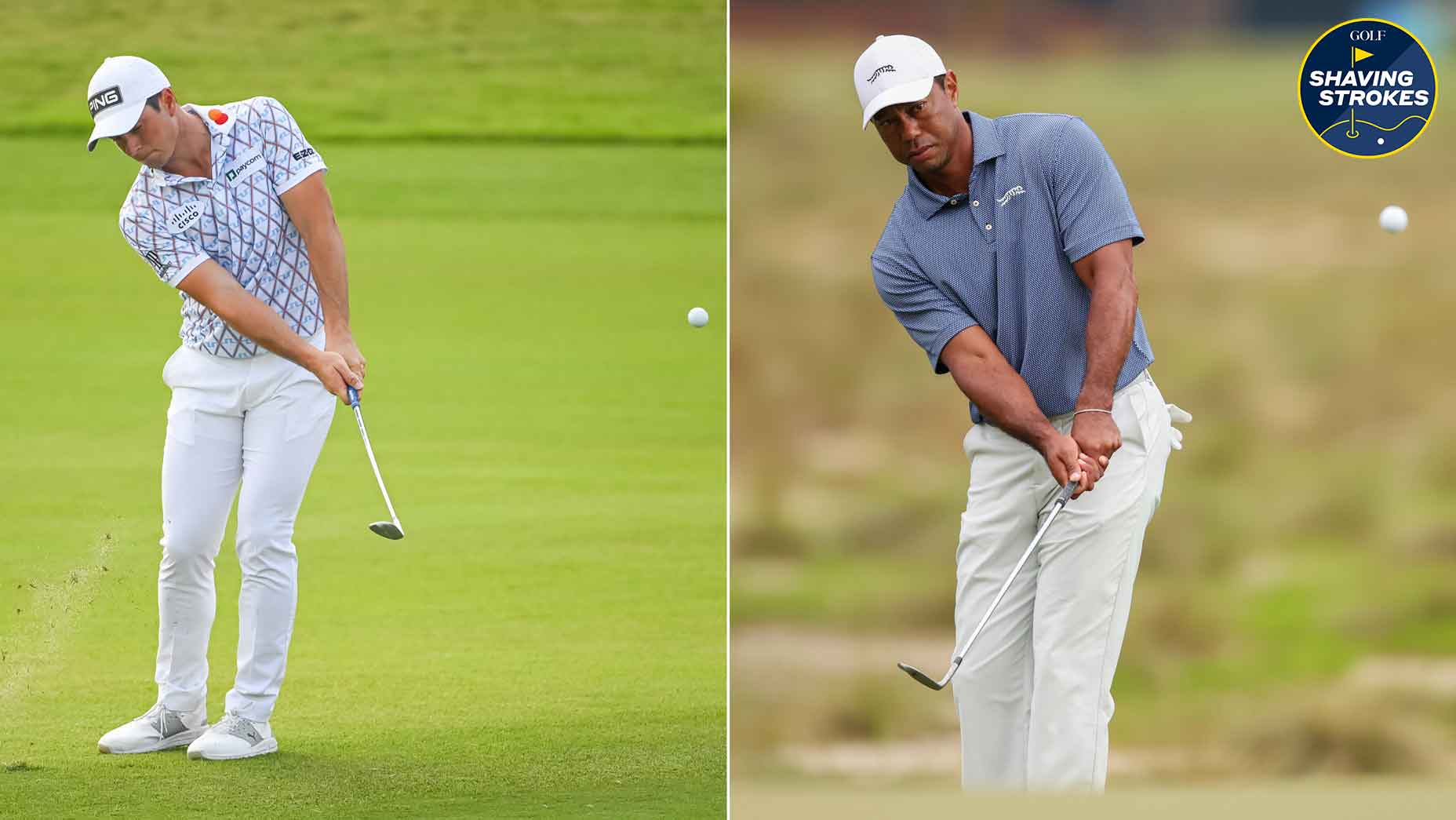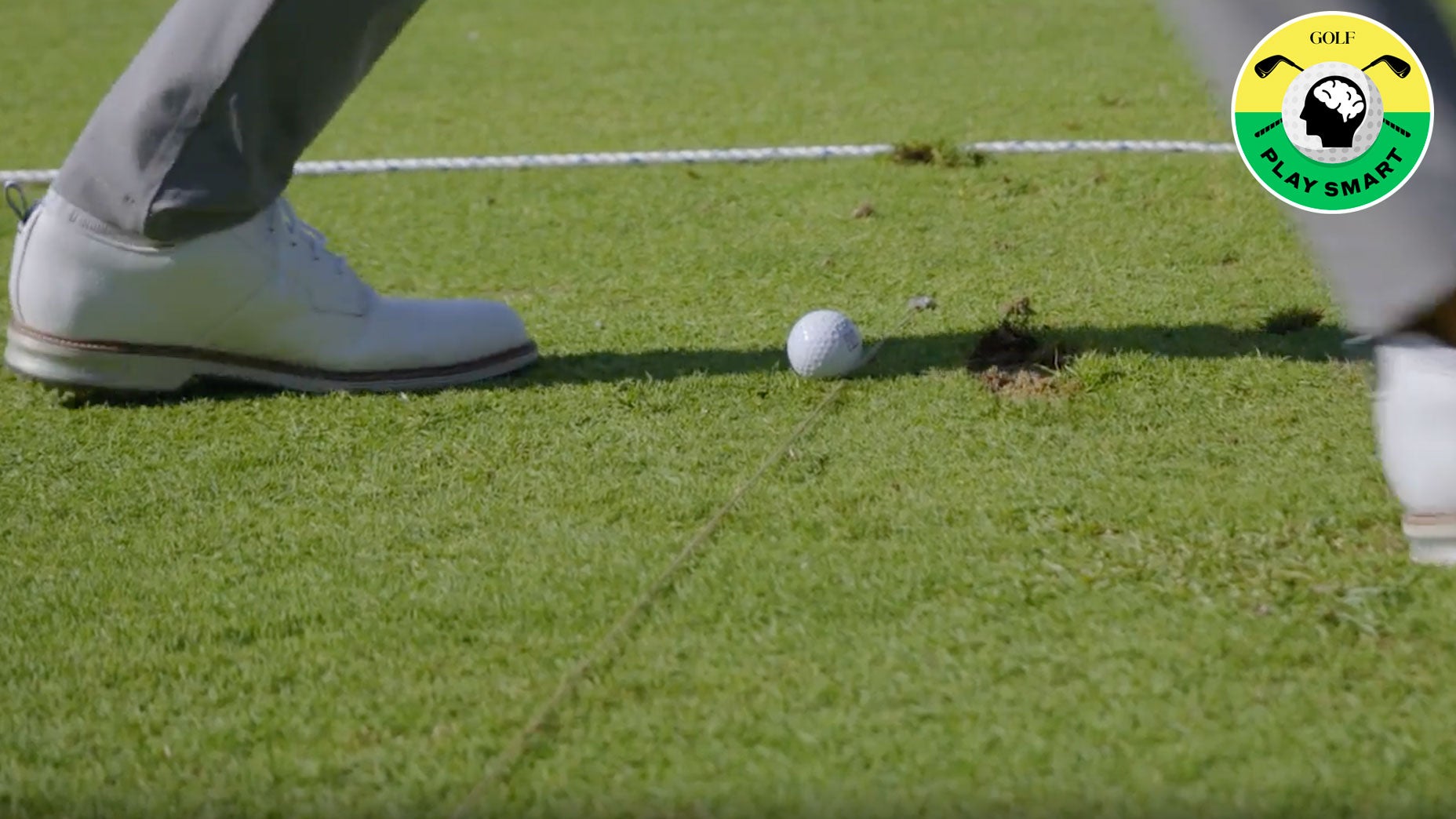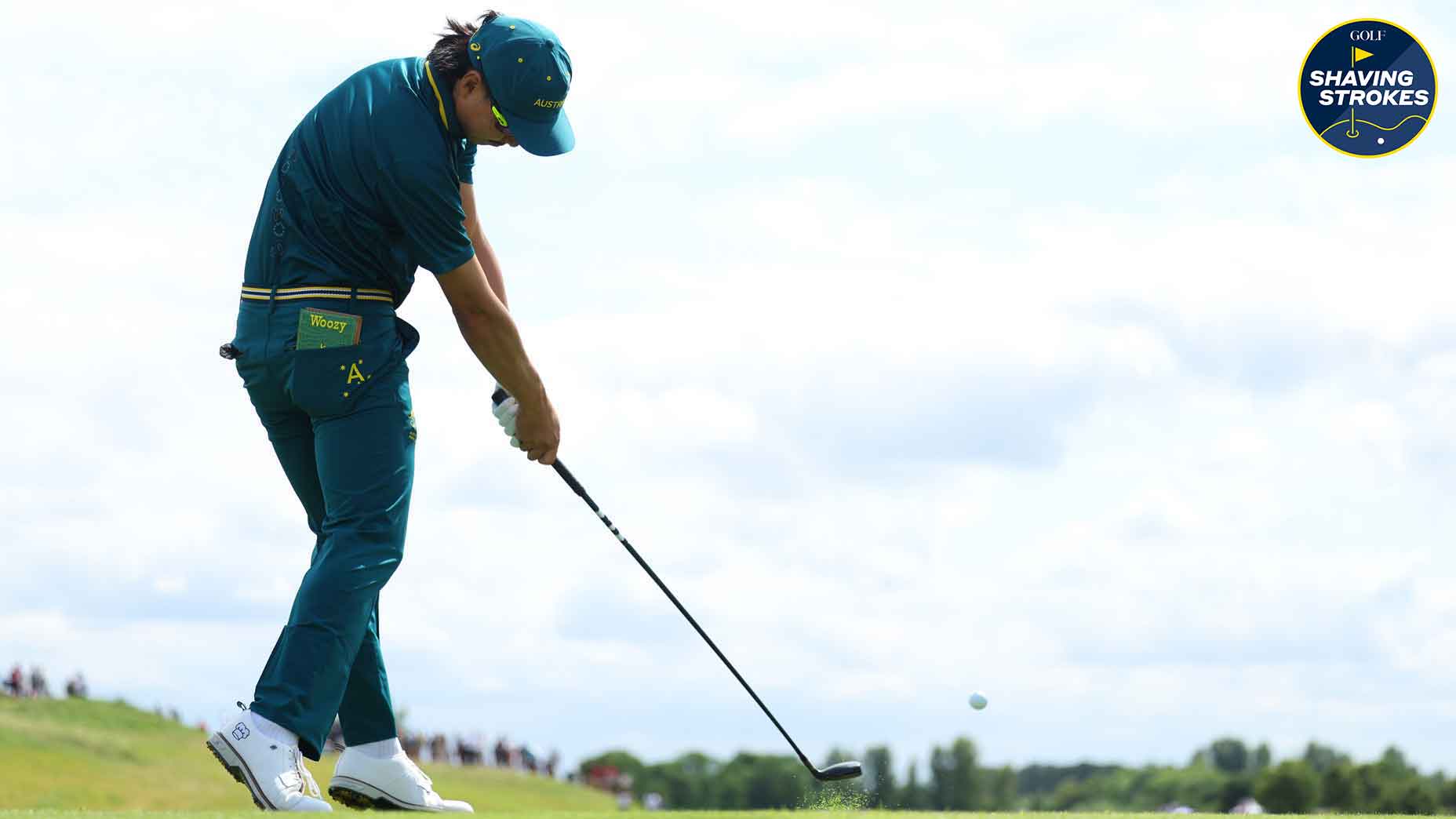 10 things that will help you bounce back from a bad round
10 things that will help you bounce back from a bad round
How one of Cam Smith’s worst drives helped him win the tournament
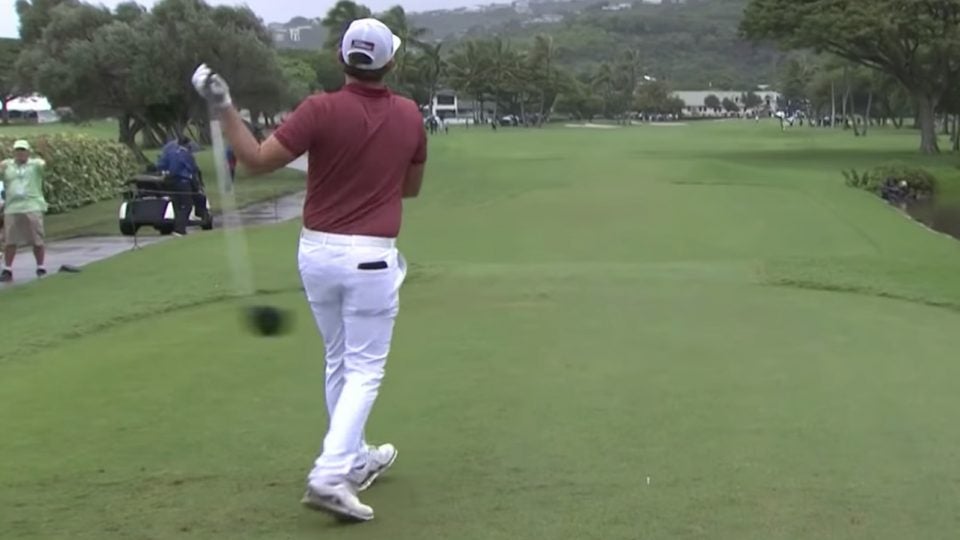
So many golfers want what they can’t have. Golfers who hit fades want the power of a draw. Golfers who hit draws want the dependability of a fade. I’m not here to debate the merits of one over the other — there are people much smarter than me who can do that. The truth is I don’t particularly care what shot shape you do hit, but as I wrote late last year in response to a question about how to break 80, all I suggest is having a specific shot shape you can count it. Knowing the ball is going to curve in the same direction every time, even if it’s to varying degrees, is one of the most valuable currencies in golf.
And on Sunday, 2020 Sony Open Champion Cam Smith proved exactly why.
The 12th hole at Waialae is a 425-yard dogleg-right par-4. There are trees left, trees right, and the fairway pinches starting at 280 yards because of two bunkers directly in the danger zone down the left side.
Here’s an elevated look from the tee box.
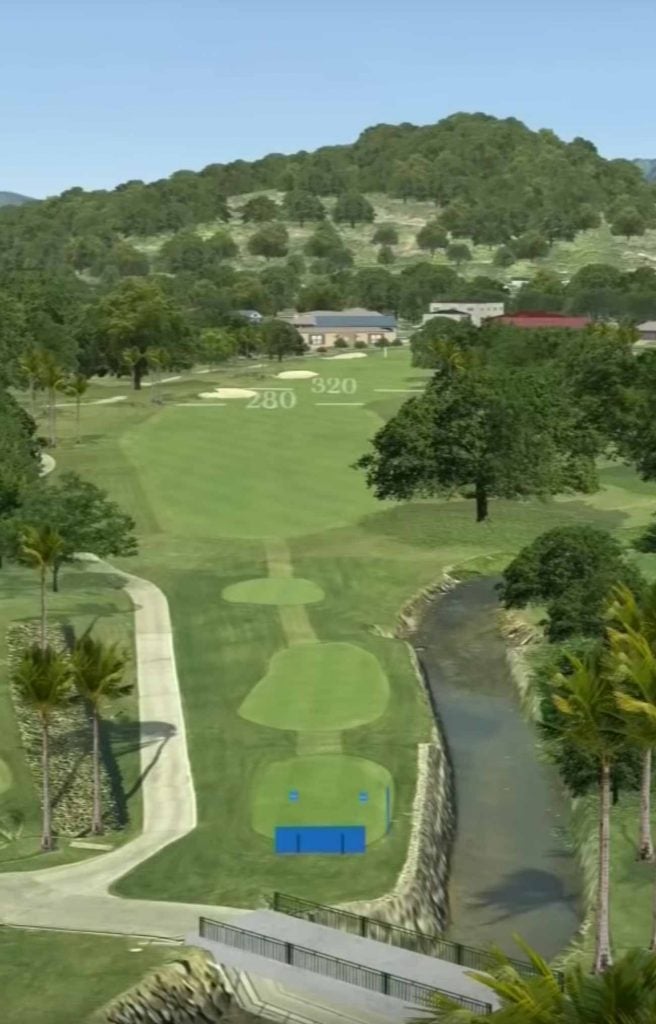
Because the tee shot is quite tight, it’s not an obvious birdie opportunity. 75 percent of players who played this hole last week made a par and moved on. Many even chose the safest route of hitting an iron off the tee, into the fattest part of the fairway, short of those bunkers.
Cam Smith, still on the outside looking in at this point, opted for a more aggressive route. He pulled driver and took aim at the leftmost bunker, which comes into play starting at 280 yards.
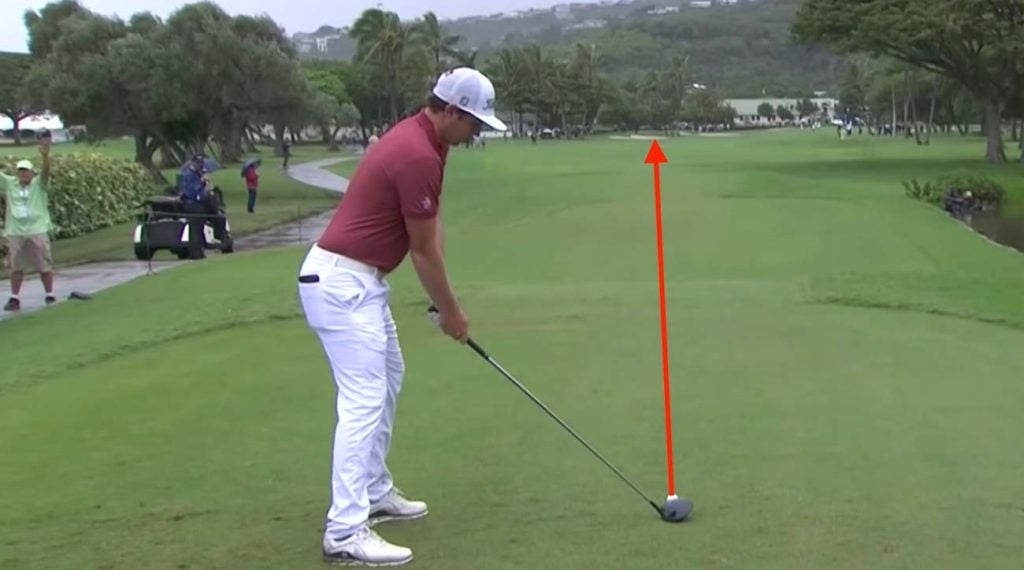
Why would Cam Smith aim straight at a bunker? Because he wasn’t planning on hitting it straight.
Smith’s natural shot shape is a fade, and it’s something he works hard on maintaining. His good shots don’t fly straight. They curve left-to-right. And that’s the shot he wanted to rely on here. Aim a little left, let the ball drift a little right into the center of the fairway.
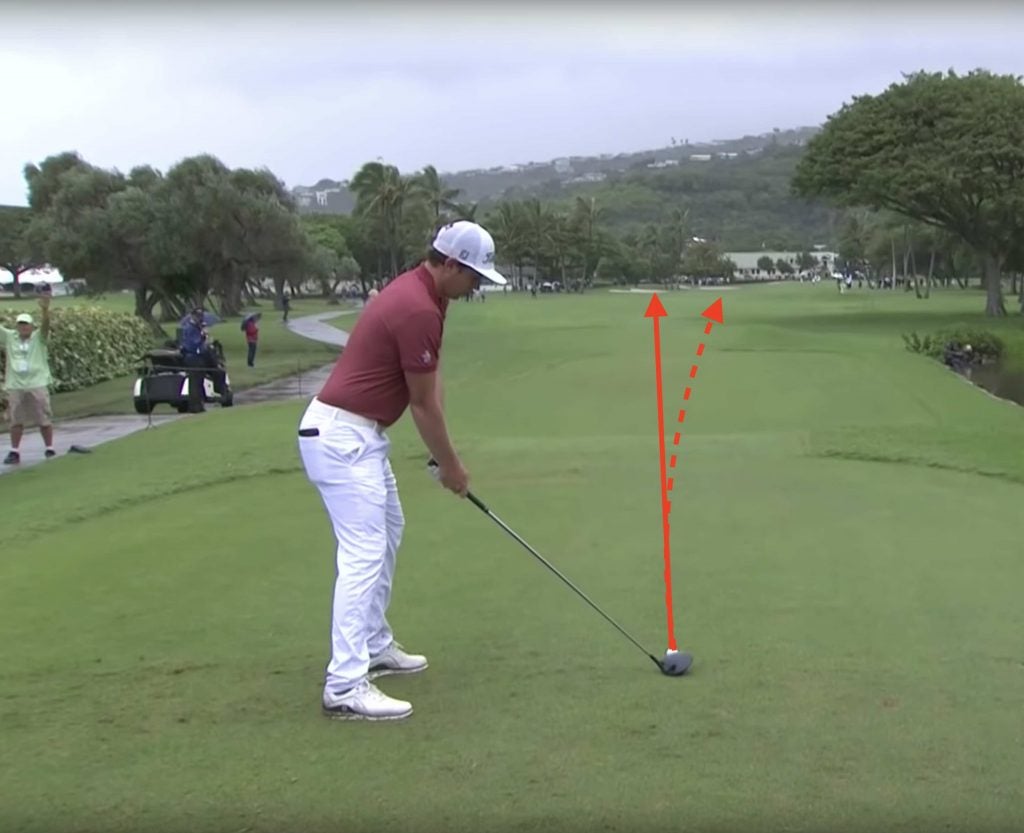
But golf being golf (and with his nerves no doubt heightened), Cam Smith put a bad swing on the ball. Rather than his ball starting slightly left of his target and curving gently to the right of it, he left the clubface way too far open, which is why the ball immediately started right of his target before it even began to curve.

Cam Smith’s hand came off the club and the on-screen tracer looked rather ugly, but almost immediately the commentators pointed out that he was going to be fine.
The ball started off right and ultimately finished to the right of his target. His target was the middle of the fairway, but his ball finished on the right side of the fairway. He hit the ball a bit off the toe; had he hit it slightly better, he actually would have found the right rough, which still would’ve been fine.
ADVERTISEMENT
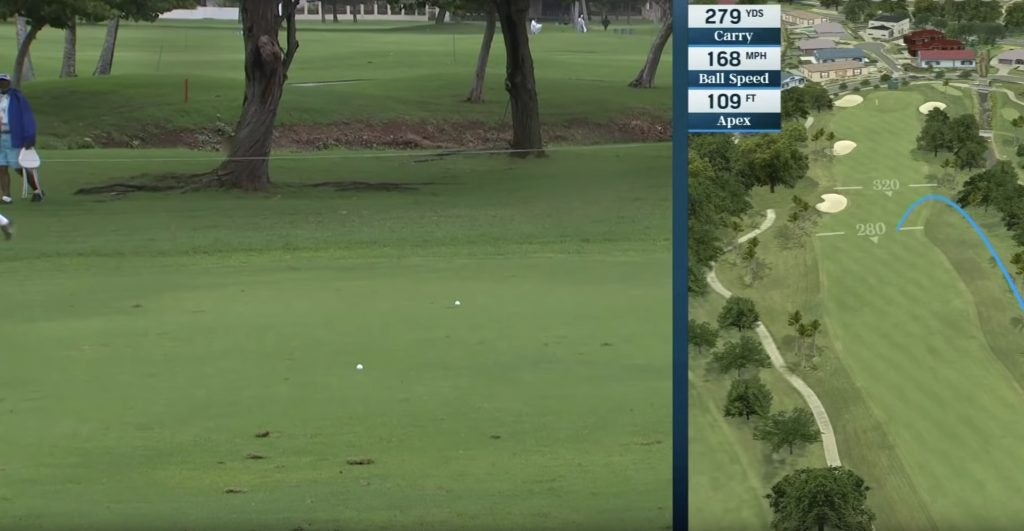
Even if he was aiming down the center, Smith hitting the right side of the fairway was a blessing. With the pin tucked on the front left corner of the green, Smith’s bad shot gave him a better angle at the flag. He grabbed a wedge, stuck it close and finished off his birdie a few moments later.
That birdie got him to 11 under — the score that got him into the playoff that he eventually won.
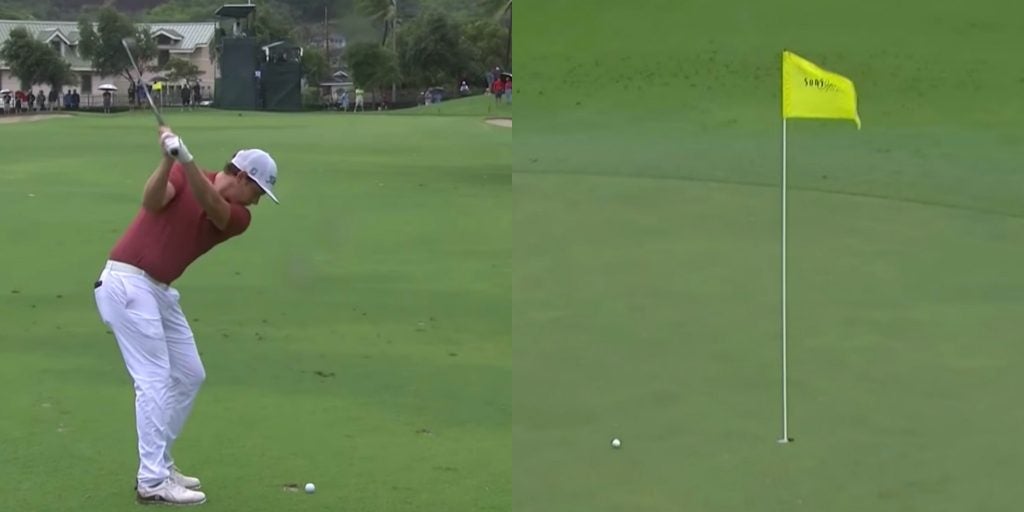
I like this moment because it’s a perfect of example of why it’s so important that golfers know their shot shape.
When golfers don’t have a consistent shot shape, on every shot, they effectively roll the dice between five possible outcomes:
- Hit the ball very far left
- Hit the ball a little to the left
- Hit the ball straight
- Hit the ball a little to the right
- Hit the ball very far right
Whenever all of those five outcomes are in play for you, the area where you could potentially hit your ball increases. If at any given point you can hit your ball either left or right, the window of where your shot might finish looks something like this.
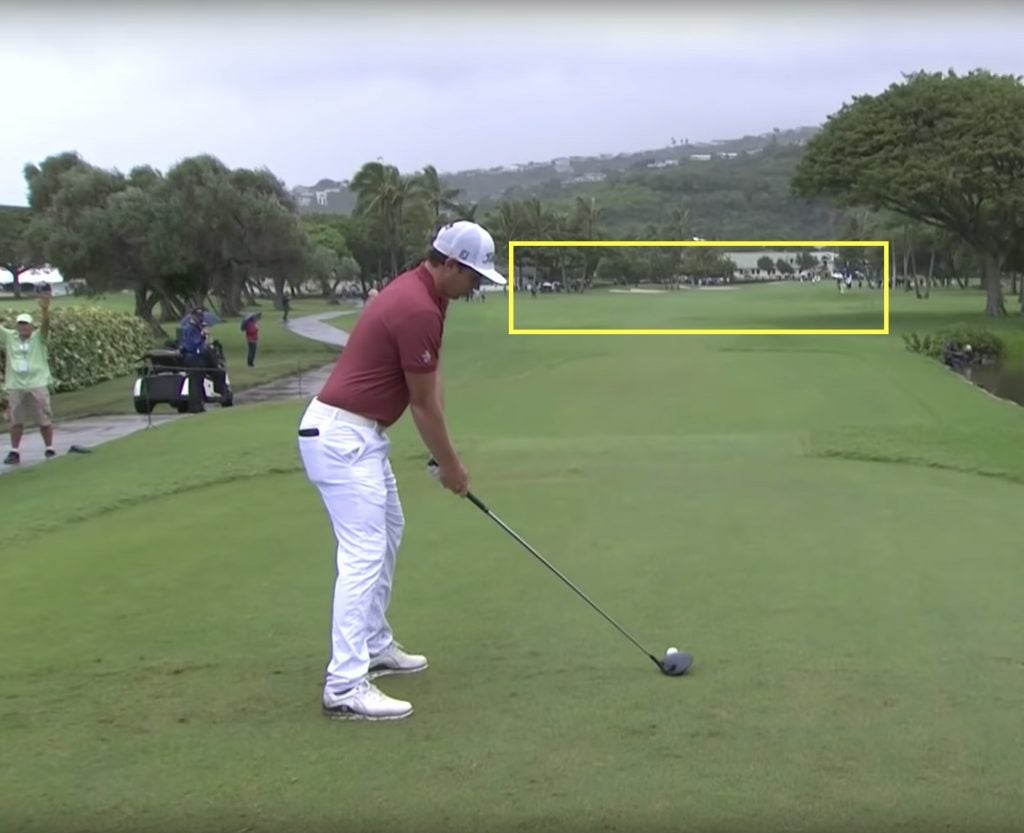
When you’re Cam Smith on Sunday, and you know your ball is going to curve to the right, the only question is by how much, you go from five potential outcomes to two.
- Hit the ball a little to the right
- Hit the ball a lot to the right
And the window of where his shot might finish narrows to something like this:

Cam Smith could pull driver and aim straight at a bunker because he knew he wasn’t going to hit it in there, or yank his drive left of it. His ball was going to curve to the right. If it only curved a little, he’d be in the left side of the fairway. If he curved it too much, worse case scenario, he’d be in the right rough. His eventual shot was a second-worst case scenario: His ball curved more than he expected — and finished in the right side of the fairway.
This, in essence, is why Nicklaus’ timeless advice about being able to limit half of the the golf course still stands. Because it’s true.
Knowing your shot shape is so important that, it’s arguably more important than having a good shot shape. We’ve all played with a golfer who hits a sizable slice every time, but manages to shoot a decent enough score because he knows the slice is coming, accepts it, and plays it. It’s the same principle, just on a different scale.
There are so few things you can depend on in golf, and whenever you have the opportunity to take something as a given, there’s almost nothing more valuable.
ADVERTISEMENT



